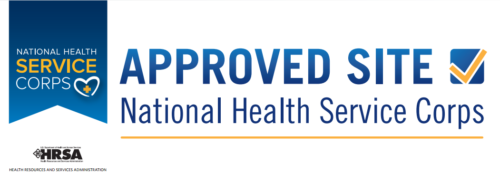Refrigerate promptly
Why it matters
Did you know that illness-causing bacteria can grow in perishable foods within two hours unless you refrigerate them? (And if the temperature is 90 ˚F or higher during the summer, cut that time down to one hour!)
But by refrigerating foods promptly and properly, you can help keep your family safe from food poisoning at home.
Follow these top tips to keep your family safe
Refrigerate perishable foods within two hours.
Cold temperatures slow the growth of illness-causing bacteria. So it’s important to chill food promptly and properly. Here’s how:
- Make sure your fridge and freezer are cooled to the right temperature. Your fridge should be between 40 ˚F and 32 ˚F, and your freezer should be 0 ˚F or below.
- Pack your refrigerator with care. To properly chill food (and slow bacteria growth), cold air must be allowed to circulate in your fridge. For this reason, it’s important not to over-stuff your fridge.
- Get perishable foods into the fridge or freezer within two hours. In the summer months, cut this time down to one hour.
- Remember to store leftovers within two hours as well. By dividing leftovers into several clean, shallow containers, you’ll allow them to chill faster.
Never thaw or marinate foods on the counter.
Many people are surprised at this tip. But since bacteria can multiply rapidly at room temperature, thawing or marinating foods on the counter is one of the riskiest things you can do when preparing food for your family.
To thaw food safely, choose one of these options:
- Thaw in the refrigerator. This is the safest way to thaw meat, poultry, and seafood. Simply take the food out of the freezer and place it on a plate or pan that can catch any juices that may leak. Normally, it should be ready to use the next day.
- Thaw in cold water. For faster thawing, you can put the frozen package in a watertight plastic bag and submerge it in cold water. Be sure to change the water every 30 minutes. Note: If you thaw this way, be sure to cook the food immediately.
- Thaw in the microwave. Faster thawing can also be accomplished in the microwave. Simply follow instructions in your owner’s manual for thawing. As with thawing in cold water, food thawed in the microwave should be cooked immediately.
- Cook without thawing. If you don’t have enough time to thaw food, just remember, it is safe to cook foods from a frozen state—but your cooking time will be approximately 50% longer than fully thawed meat or poultry.
To marinate food safely, always marinate it in the refrigerator.
Know when to throw food out.
You can’t tell just by looking or smelling whether harmful bacteria has started growing in your leftovers or refrigerated foods.
Be sure you throw food out before harmful bacteria grow by checking the CDC’s Safe Storage Times chart.
— Source: Centers for Disease Control and Prevention, FoodSafety.gov

